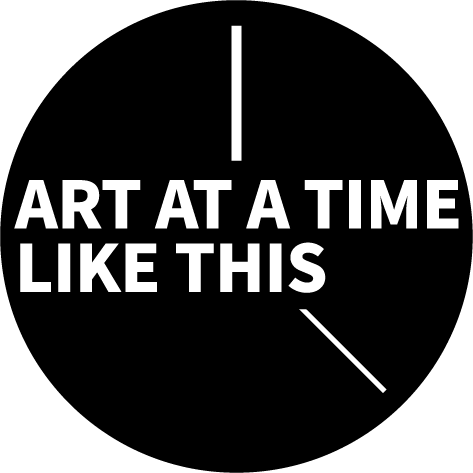
Tanya Aguiñiga
Much of my life has been shaped by growing up a few blocks from the border fence and having had to cross the US/Mexico border every day for 14 years to attend school in the US, while living in Tijuana, Mexico. I first began working on migrant and human rights as a part of the binational arts collaborative, The Border Art Workshop/Taller de Arte Fronterizo (BAW/TAF), 1997-2003. Later in my career, I focused a large part of my practice on working with BIPOC craft communities in the US and Mexico. Much of this work was done outside of the public eye, since social media did not yet exist, nor had many people in the art/design/craft communities expressed interest in social practice. During the 2016 election season, as more negative attention was directed towards the border and my community, I renewed my focus on border-based work, using craft as the main medium to demystify art and elevate the voice of my community. Part of this work has included on-going mutual aid and direct relief to asylum seekers in Mexico, the development of a ceramics program at LGBTQIA asylum shelter, and advocacy work for US and US Territory emergency relief aid through my board involvement with the Craft Emergency Relief Fund (CERF+). In my work, I center justice, dignity and human emotion as a means to create community.
MIGRI MAP
The Migri Map is a publicly accessible physical guide and mobile application containing humanitrian aid resources available to migrants in Tijuana, Mexico and organized through a binational effort.
In partnership with Lizbeth De La Cruz Santana and Danilo Castillo from The Migri Map, Lourdes Medrano and Othir Santistevan from Families Belong Together, my sisters, and AMBOS colleagues, I organized a crowdsourcing datathon in April 2020 to gather much needed mutual aid information including shelters, legal services and health providers for migrants, asylum seekers and deportees in Tijuana. Mexico.
BORDERLANDS WITHIN/LA FRONTERA ADENTRO
Resource Room in Tanya Aguiñiga: Borderlands Within/La Frontera Adentro, The Armory Center for the Arts, February 9 through June 14, 2020
METABOLIZING THE BORDER
Having completed Quipu Fronterizo/Border Quipu in 2018, I have started to distill the two-thousand mile border through my body. Trying to understand how I dealt and deal with the materiality of the border with my five senses, attempting to metabolize the physical as emotional. Through performative wearables made of blown glass embedded with border fence remnants, Metabolizing the Border explores how the body confronts fragments of the border fence through sight, sound, smell, taste and tactility. The sandals are modeled after tire-soled huaraches that rural and Indigenous people wear in Mexico and Central America. They are sculpted in glass to represent the struggle migrants face when arriving in the United States of not being supported enough to succeed in society, and are designed to fail to make more difficult a wearers’ journey.
Metabolizing the Border (“Saint Juan Diego and Our Lady” Border Cloak), Glass, rusted metal pieces of the US/Mexico border fence, January 2020
QUIPU FRONTERIZO/ BORDER QUIPU
Image by Gina Clyne. Courtesy of AMBOS Project.
QUIPU FRONTERIZO/ BORDER QUIPU
Image by Gina Clyne. Courtesy of AMBOS Project.
Using a quipu, the Andean Pre-Columbian organizational system of recording history, as a framework to record the daily migrations to the north. Quipu Fronterizo/Border Quipu engages US/Mexico border commuters on both sides of the border by asking about their experiences and asking them to anonymously tie a knot. Postcards that read “¿Qué piensas cuando cruzas esta frontera? / What are your thoughts when you cross this border?” are passed out with pencils for participants to record their thoughts in the space provided. The quipu created in San Ysidro in 2016 was installed on a billboard over the market in view of the cars waiting to cross the border. The traffic at the crossing creates a 4-6 hour wait on average for those crossing, and this display let the passing cars see the recorded migrations of previous days.





